Tool Presetters 101: What, Why, When and How
-
Tool presetters are precision machines that measure and verify tool dimensions before machining, helping reduce downtime and improve accuracy.
-
Presetters boost productivity by enabling offline tool setup, minimizing human error, and detecting tool wear or runout before it causes damage.
-
Choosing the right presetter involves evaluating spindle type, accuracy, clamping method and integration with tool management software for long-term flexibility.
What if we told you there was a way to keep your CNC machines running while simultaneously setting up tools for the next job? A method that could dramatically reduce scrap parts, extend tool life, and pay for itself in under a month? A system that could detect tool runout before it wreaks havoc? Something that could automatically send precise tooling measurements to your machines, eliminating those frustrating "fat finger" data entry errors forever? A machine that makes it easier than ever to adopt technological innovations that help manage tooling inventory and boost productivity? If you already have one, you may have guessed that we’re talking about tool presetters.
This article isn’t just for those who are new to the presetter world—it’s also for shops that already own and use presetters. We’ll explore not only the basics, but also more recent presetter uses, untapped features and selection criteria that even presetter veterans might not be aware of.
What is a CNC tool presetter?
At its most basic definition, a tool presetter is a standalone machine that measures and verifies tool geometries before the tool is put on a CNC machine spindle for a given machining operation. But beyond the implication of its name—”presetting” a tooling assembly for its intended operation—presetters can be used in new, creative ways, from inspection to tool management.
In essence, presetters are precision measuring devices that allow shops to keep spindles spinning—key to machine shop productivity and profitability.
From simple benchtop models to sophisticated standalone systems with advanced measurement capabilities, tool presetters come in many shapes and sizes.
Why is Tool Presetting Important in CNC Machining?
Think about the last time a machine sat idle on your shop floor during a tool change. Ten minutes here, twenty minutes there. It might not seem like a big deal, but these small interruptions could be silently draining your shop's profit. And it’s not just the benefit of constantly spinning spindles: Presetters can inspect and identify tool wear, be on the front lines of tool data management and prevent costly human error. All for greater productivity—and a better bottom line.
Tool Presetter Benefit 1: Higher Productivity
You don’t have to wait long to see how a presetter pays for itself in operator time savings and machine productivity. Consider the time typically spent touching off a tool, running a test cut, adjusting the tool and cutting again. Now multiply that by your average number of tool changes per machine, number of machines, shifts per day and working days per year. The math becomes clear very quickly.
Taking the measurements offline to a presetter not only keeps the machines running, but adds accuracy and can eliminate human error during setup and tool changes—saving the time of adjustments and costly re-work.
In fact, one BIG DAISHOWA customer reduced setup times by a whopping 60%—for an annual savings of more than $81,000. Calculate your potential payback here.
Tool Presetter Benefit 2: Easier Inspection for Better Quality
Using a presetter for inspection is where these machines truly become invaluable. Two of the biggest factors affecting accuracy and consumable costs are runout and tool wear. At the least, issues in these areas can cause shops to spend more—unnecessarily—on tooling; at the worst, runout and unchecked tool wear can cause scrapped parts, machine damage and even bodily harm.
Fortunately, a presetter is one of the easiest and most accurate ways to check tool runout and wear. Beyond verifying length and diameter, vision-based presetters allow shops to measure key geometries, such as verifying a corner radius, and inspect crucial cutting surfaces. Taking things a step further, shops can employ the latest tool management software to identify which tools are to spec—and which are in the danger zone.
Tool Presetter Benefit 3: Data Wins
Data is king—and shops are just beginning to leverage its power. Modern CNC presetters are a key piece of this puzzle because they can integrate with vital systems across an entire enterprise.
The most obvious example of this is using presetters to send data directly to machine controls, using software like Edge 2.0, Edge Pro or Intelligo. But this seamless data transfer can apply to almost any other software or system:
- Export 3D tool scan profiles to simulation software like VERICUT.
- Send data to label makers, RFID tags, or QR code scanners to bridge the wireless connectivity gap; in this case, RFID tags or bar/QR code labels are affixed to the tooling to enable verification at the machine and tracking through the shop.
- Tool data management systems can receive and store presetter data to build a digital tool library to ease inventory management and track any tool’s location throughout the shop.
Any and all of these integrations come with hefty productivity gains, and can go a long way in reducing human error and hidden tooling costs.
Considerations for Choosing the Right Tool Presetter
Now that we’ve covered the what, why and when, let’s get into the how. How should you choose the right tool presetter for you? There are several considerations and options; here we’ll cover some of the basics:
Spindle Type
First, you’ll need to consider your spindle type. Depending on the connection, there may be added requirements for your presetter. For example, most entry-level presetters are compatible with dedicated, integral taper spindles systems. But for dedicated HSK, Capto or universal quick change adapters with multiple connection types, you may need a more advanced model.
Tooling capacity
This one’s pretty straightforward: The bigger your tooling assemblies, the bigger the presetter. This means that you’ll need to make sure the measuring range of your presetter accommodates your maximum tool length (Z axis) and maximum tool diameter (X axis). Here’s where it pays to think into the future—might you get into cutting larger parts and need bigger tooling assemblies down the road?
Accuracy Needs
When evaluating accuracy, there are two critical factors to consider:
- Repeatability: This indicates how consistently the presetter can measure the same dimension. Lower-end presetters might offer repeatability of 10-20 microns, while higher-quality models can achieve 2-5 microns. Better repeatability equals better accuracy.
- Spindle runout: This measures how accurately the presetter's spindle rotates on center. Quality presetters will have minimal runout at the nose of the spindle (typically 1 micron or less), but what's crucial is the runout at the full height of the tool. For instance, at the top of a 300mm-tool (about 12 inches), runout might be 10 microns on an entry-level presetter model, but as low as 2 microns on a premium machine.
When reviewing specifications, always ask about runout at a specific height, not just at Z zero, as this significantly impacts measurement accuracy for longer tools.
Clamping Considerations
When choosing a presetter, pay attention to the clamping mechanism. The level of clamping rigidity and strength necessary in your operation is the first consideration. So for example, if you’re using an HSK interface, rigid clamping is especially important. You might also consider a tool presetter that features automatic clamping—a convenient feature that removes any guesswork.
Mechanical clamping, which uses an actual drawbar system, is best because you’ll get the same clamping pressure every time, regardless of the wear on the tool. Be wary of the alternative mechanism—vacuum clamping—which is commonplace but often problematic.
Vacuum clamping works via negative air pressure inside the spindle, which helps seat the tool for full taper contact. The problem is, this only works well if the spindle and tooling are new and in good shape. Worn or damaged tooling, in which air can flow between the taper, can negatively affect clamping force and cause false readings.
Quality Considerations
Speaking of accuracy, quality construction matters. The more rigid and stable your presetter, the better the measurement accuracy and longevity. Look for machines built with thermally stable materials like aged pearlitic cast iron, which maintains dimensional stability despite temperature fluctuations.
In the same way that you want your machine tools’ guideways to withstand thermal fluctuations, you’ll want presetter guideways to do that, too. The more thermally stable, the less chance of warping over time, which could affect accuracy. And since some small amount of thermal fluctuation is unavoidable, the components used in the presetter (like guideways) should be thermally similar to the presetter casting (e.g.: steel guideways with cast iron will offer similar thermal expansion). This ensures that any small thermal fluctuations are consistent between all presetter components, to avoid throwing off presetter measurements.
Full CNC Presetter vs. Manual Presetter
With a standard manual presetter, operators must manually move the camera into position, rotate the spindle and initiate the measurements via the presetter control. Then repeat the process for every dimension they must measure. This might not be a big deal for simple length and diameter measurements, but for tooling assemblies with complex geometries, the time can add up.
With full CNC presetters, operators can automate things by programming the measurement needed for a given tool just once; for future presetting, they simply put the tool in the presetter, call up the pre-established program (through the control or by scanning a code or RFID on the tool itself) and hit “go.” The presetter then moves the camera, rotates the spindle and measures automatically; the operator can walk away and come back to a “pass” or “fail” score, based on the predefined measurement tolerance set by the user.
As mentioned, this automation is helpful for shops that have lots of complex tooling assemblies, or those with large-scale operations in which tool crib operators are performing tooling inspection and measurements before passing tooling off to machine operators.
Think About Presetter Integrations and Software
As discussed earlier, modern presetters come with nearly endless technology integration capabilities. Here are some questions that can help you determine which features you’ll need to enable these integrations:
- How do you prefer to send the tool measurements to the machine or other systems? You’ll want to be sure your preferred data transfer mode will work with your presetter. Do you want to print out tooling labels (bar or QR codes) or have RFID tags that can be scanned to load in data at the machine or tool crib? Would you prefer to transfer data wirelessly via Bluetooth? These modern data transfer features save time and reduce human error in manual data input. Most modern presetters have seamless data transfer options, but some have more advanced features than others.
- How important is automation? Combining full CNC presetters with scanners and other tool data management systems can help shops automate to save time and reduce errors. For example, shops can implement a barcode or QR code system in which each machine, tool pot or turret has a unique scannable label. When an operator scans the tool at the machine, the program can prompt them to scan the corresponding spot where the tool will go. Then, the integrated software can do the math for them—calculating the specific offset required to load that tool into that position. This allows operators to measure tools for different machines and get the right data—in a completely automated way.
- Will business expand in the future? You might not have the need for a full CNC presetter or sophisticated software now, but if there’s a chance your business could require it in the future, you’ll want a modular presetter that has upgrade options. Magis and Futura presetters, for example, offer additional options that can be added on demand to facilitate more complex tool data management and inspection needs.
- Do you need tool data management? For more complex operations that have a large tool inventory and dedicated tool crib personnel, presetters are a piece of the tool data management puzzle. One BIG DAISHOWA customer digitally mapped, organized and verified tens of thousands of tooling configurations by syncing its presetters to a tool data management system and machine controls. This enabled operators to verify tool assemblies and subsequent cutting programs, reducing human error, speeding up operations and eliminating machine collisions.
Choosing the Right Tool Presetter Partner is Half the Battle
Now that you have a handle on your options, presetter selection tools can help you identify the right model for your needs. But your best option is to choose and contact a CNC presetter expert first. By going with a company that knows tooling and shop processes inside and out—and has a reputation for quality and expertise—you’ll be several steps ahead in ramping up your new presetter. Still have questions about tool presetting or which type of presetter is right for your operation? Contact us today.
Did you find this interesting or helpful? Let us know what you think by adding your comments or questions below.

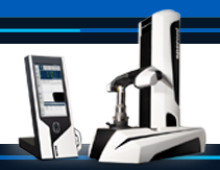
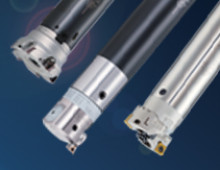
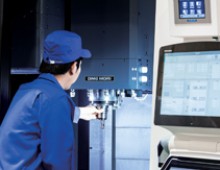
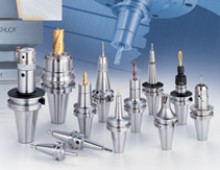
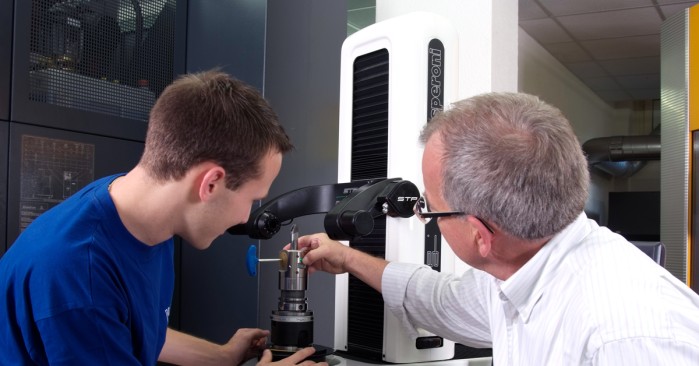

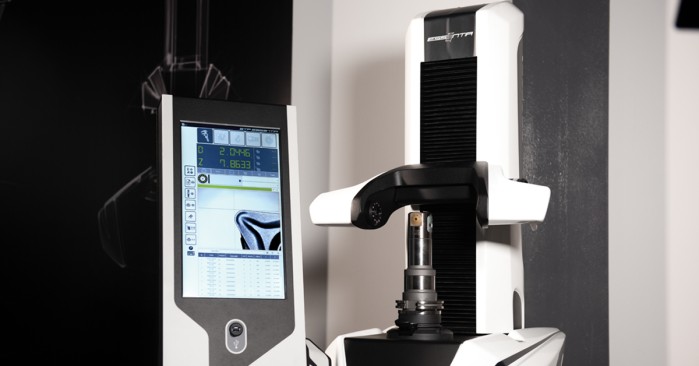
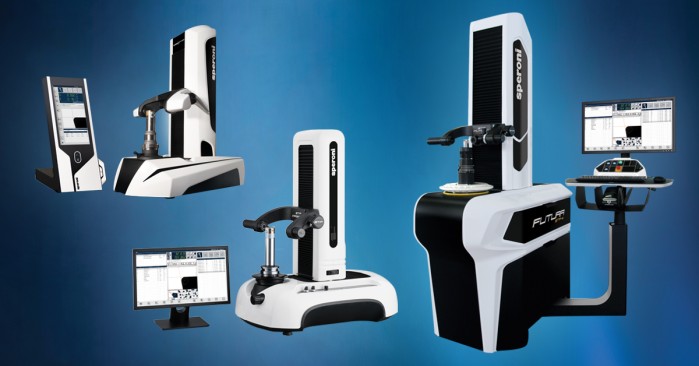

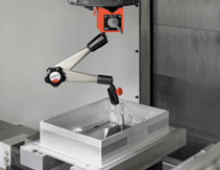
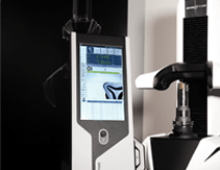
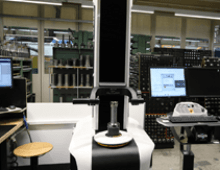
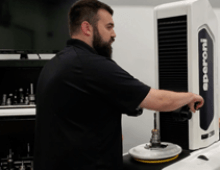
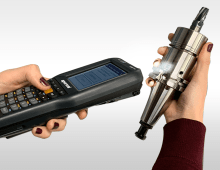
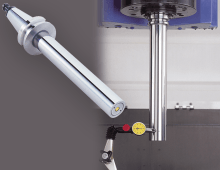
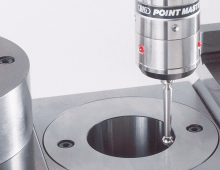
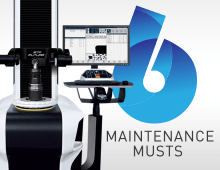
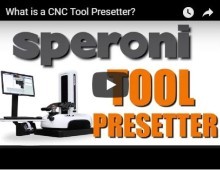
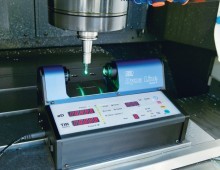
Add new comment